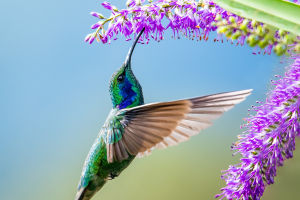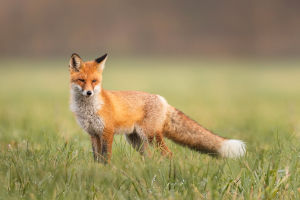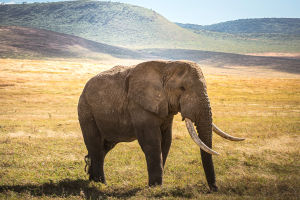When we think of graceful, stunning birds, the majestic egret often comes to mind. Known for its elegant appearance and tranquil behavior, the egret, or Ardea alba, has been a symbol of natural beauty for centuries.
This article takes us on a journey through the life of the egret, from its habitat and distribution to its fascinating feeding and breeding habits.
Get to Know the Great Egret
video by Forest Preserve District of Will
What is an Egret?
The egret is a large, all-white bird with an elegant stature. Adult egrets typically measure about 90 cm in length, with long legs and a slender neck. Their most distinguishing feature is their pure white plumage, which is particularly prominent during the breeding season when their feathers become even more decorative. Their black legs and yellow bill give them a distinctive appearance, and during mating season, their bills can turn black. Egrets are known for their quiet nature, often seen standing motionless in water while hunting or resting.
Where Do Egrets Live?
Egrets are found across a wide range of ecosystems, from Africa and Europe to Asia and Oceania. They thrive in a variety of wetland environments, including rice fields, sandy beaches, mudflats, and coastal streams. These birds are highly adaptable, able to live in both freshwater and saltwater habitats. Their ability to roam across such diverse landscapes shows just how resilient and versatile they are as a species.
Feeding Habits of Egrets
Egrets are opportunistic feeders, meaning they are flexible in their diet based on what’s available in their environment. Fish, crustaceans, and insects make up the majority of their diet. In some instances, egrets have even been known to hunt small mammals, such as rodents. Their feeding method is quite mesmerizing – they stand silently in shallow waters, waiting patiently to catch their prey with swift, precise movements.
Breeding and Nesting Behavior
The breeding season for egrets typically occurs between March and September. During this time, they gather in large colonies, often with other waterbirds, to build their nests. Egrets prefer nesting in trees and shrubs, where they construct their nests using twigs and branches. The breeding display is particularly fascinating as their plumage becomes even more intricate and colorful, attracting mates with the beauty of their feathers. After mating, female egrets lay a clutch of eggs, which both parents take turns incubating until they hatch.
Conservation Status and Threats
While the egret is currently classified as a species of "least concern" by the International Union for Conservation of Nature (IUCN), these birds still face several threats. Habitat destruction, pollution, and hunting for their feathers, which were once used for fashionable accessories, continue to impact their populations in some regions. Efforts to preserve wetland habitats and protect these birds from overhunting are crucial for ensuring that future generations of egrets continue to thrive.
A Symbol of Nature’s Elegance
The egret is not just a bird; it’s a symbol of the beauty and resilience of nature. From its graceful hunting methods to its stunning plumage and unique mating rituals, there is so much to admire about these majestic creatures. By understanding the egret’s role in the ecosystem and the challenges it faces, we can do our part to protect these beautiful birds for future generations. Whether you're a birdwatcher, nature lover, or simply someone who enjoys the elegance of wildlife, the egret is a reminder of the delicate balance of our natural world.
Thank you for reading! Let’s continue to celebrate and protect these magnificent creatures in our own ways. Have you ever spotted an egret in the wild? Share your thoughts and experiences with us!


